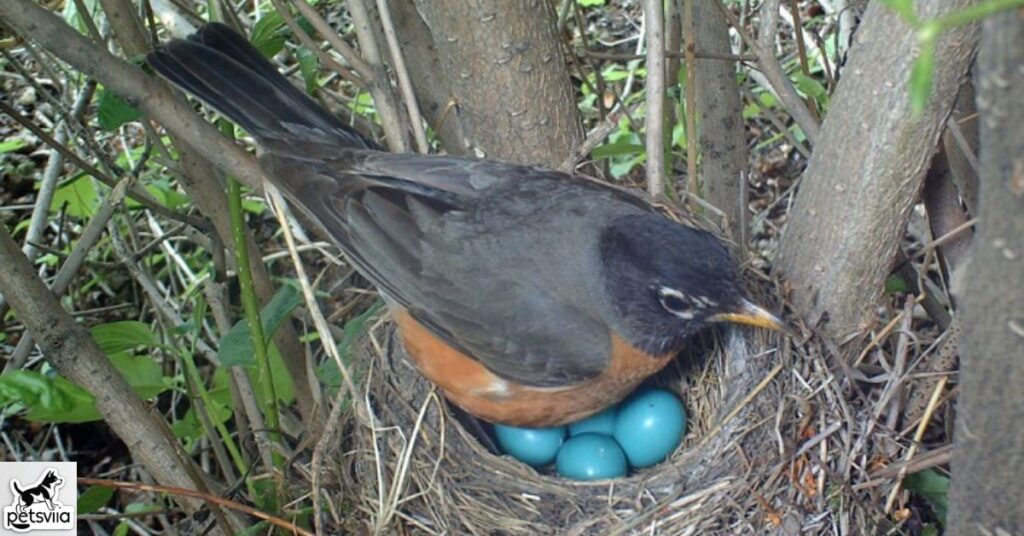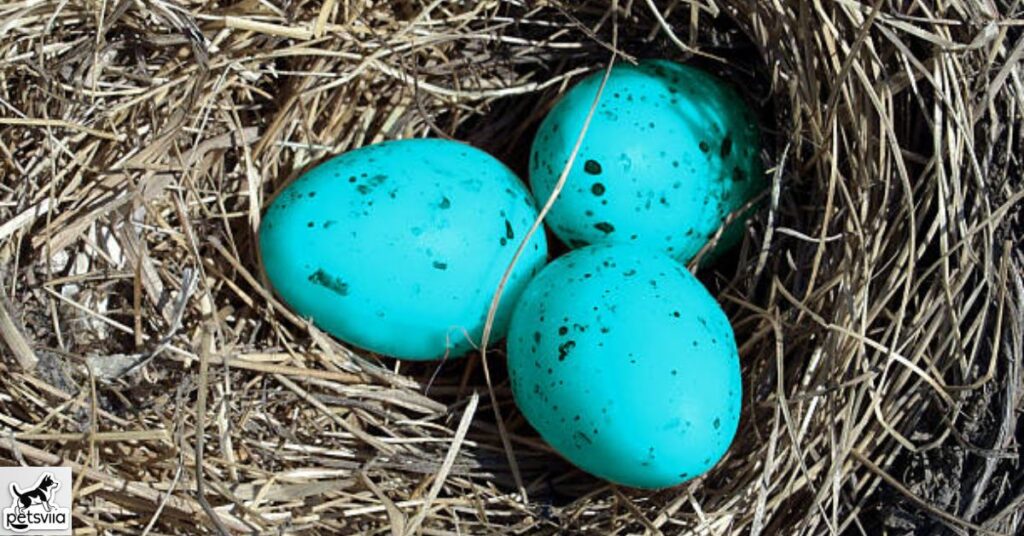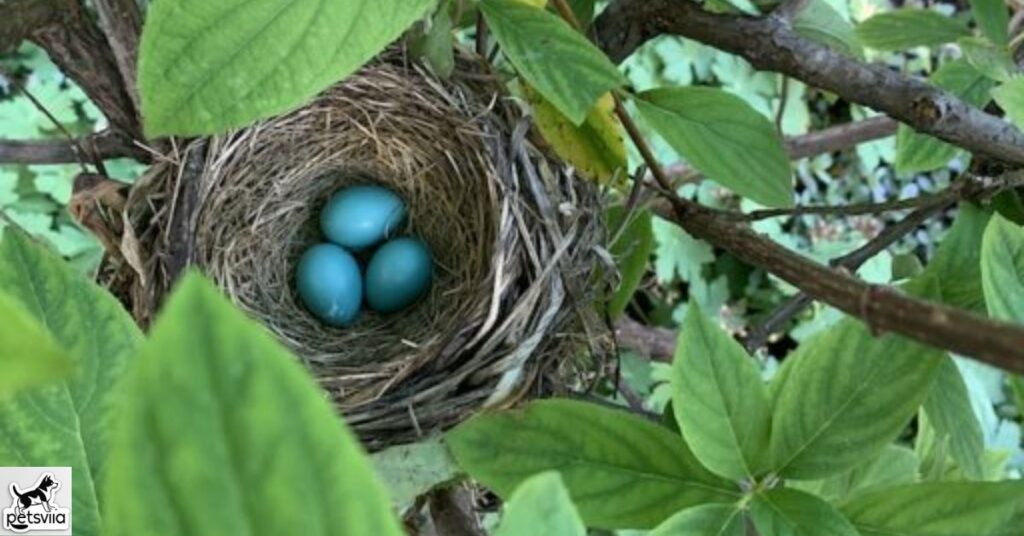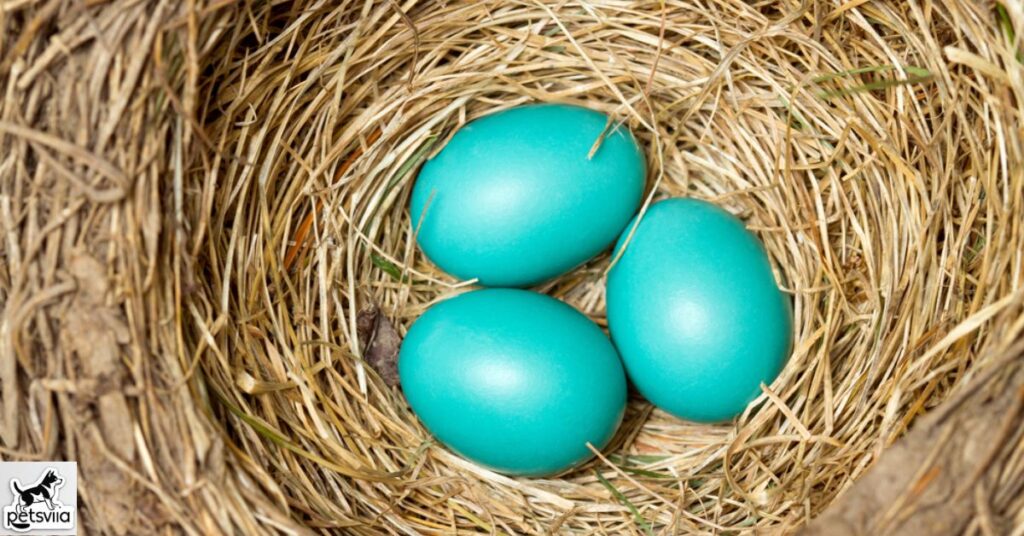From American Robin to the charming Eastern Bluebird various bird species exhibit the fascinating trait of laying blue eggs. The unique coloration serves as a form of camouflage and can also play a role in signaling reproductive fitness to potential mates.
birds lay blue eggs. The color of bird eggs can vary widely, with blue being a striking and captivating hue. Several bird species around the world are known for laying beautiful blue eggs, adding a touch of wonder to the avian world.
The diversity of bird species that lay blue eggs can offer a glimpse into the intricate world of avian reproduction and evolution. Understanding which birds lay blue eggs can deepen our appreciation for the natural world and the remarkable adaptations that have evolved.
The Mystery of Blue Eggs
Intrigued by this unusual find, the villagers embark on a quest to unravel the secrets behind these enigmatic eggs. As they delve deeper into the mystery, they uncover fascinating insights into the avian world discovering birds lay blue eggs the reasons behind this captivating phenomenon.
As the story unfolds readers are drawn into a world filled with wonder and curiosity as the villagers delve deeper into the mystery. With each twist and turn the true significance of the blue eggs gradually comes to light revealing unexpected connections and uncovering long-forgotten truths.
Also read this: CAN YOU HAVE A HUMMINGBIRD AS A PET IS SCENTSY SAFE FOR PETS?
Beyond Robins Other Birds That Lay Blue Eggs

Step into the enchanting world of avian wonders with Beyond Robins. Birds That Lay Blue Eggs. This captivating book ventures beyond the familiar sight of blue eggs in robin nests, delving into the fascinating diversity of bird species that also lay eggs in striking shades of blue.
From the majestic beauty of the Eastern Bluebird to the elusive charm of the Arctic Tern, each page offers a glimpse into the unique lives of birds that contribute to the colorful mosaic of nature. Beyond Robins not only celebrates the allure of blue eggs but also inspires a deeper appreciation for the rich tapestry of biodiversity that surrounds us.
Also read this: CAN CHICKEN EAT BIRDS SEED?
Are blue eggs more common in certain habitats?
Intriguing inquiry into the ecological factors influencing the prevalence of blue eggs among bird species. This exploration delves into the diverse habitats where blue egg-laying birds thrive from lush forests and woodlands to open grasslands and coastal regions.
Observation and certain and certain habitats may indeed favor the evolution of blue egg laying. In habitats where nest concealment is crucial for survival, such as dense vegetation or forests blue eggs can provide effective camouflage blending in with surroundings to evade detection by predators.
Conversely in open habitats where nests are more exposed the vibrant blue coloration of eggs may serve as a visual signal to deter predators or as a means of thermoregulation. Are blue eggs more common in certain habitats? offers a captivating glimpse into the intricate relationship between bird species their habitats and the evolution of egg coloration.
How many eggs do blue-egg-laying birds typically lay?

How many eggs do blue-egg-laying birds typically lay? explores the reproductive habits of avian species known for their striking blue eggs. This inquiry delves into the diverse clutch sizes and nesting behaviors exhibited by blue egg-laying birds across different habitats and ecosystems. Many blue egg-laying birds typically produce clutches ranging from three to six eggs, with some species laying even more.
Factors such as the bird’s birds size habitat and mating strategies can influence clutch size with larger birds often laying fewer eggs compared to smaller species. How many eggs do blue-egg-laying birds typically lay? offers a captivating glimpse into the reproductive strategies of these enchanting avian species shedding light on the remarkable diversity of life in the natural world.
What is the survival rate of birds that lay blue eggs
Delves into the fascinating world of avian reproduction and survival. This inquiry explores the factors influencing the survival rates of bird species known for laying blue eggs shedding light on the challenges they face in the wild.
Through scientific studies and field observations, researchers have gained insights into the various factors that impact the survival of these captivating birds. Survival rates of birds that lay blue eggs can vary depending on factors such as habitat loss predation pressure climate change and availability
How does climate change affect birds that lay blue eggs?

This exploration delves into the intricate ways in which climate change disrupts ecosystems altering habitat suitability food availability and nesting conditions for these fascinating birds.
Rising temperatures altered precipitation patterns and changing seasonal cues can disrupt the timing of breeding cycles leading to mismatches between peak food availability and the demands of egg laying and chick-rearing.
Reasons why birds lay blue eggs
- Camouflage: Blue eggs can blend with the sky when viewed from below, providing camouflage from predators like ground-dwelling mammals.
- Nest Concealment: In forested habitats blue eggs may blend with surrounding foliage, making them harder for predators to spot.
- Thermoregulation: The darker pigment of blue eggs can absorb sunlight helping to regulate the temperature of the developing embryo
- Species Recognition: Blue eggs. may serve as a species recognition signal, helping parents identify their own eggs amidst those of other birds in communal nesting sites.
- Visual Signaling: The vibrant blue coloration of eggs may act as a visual signal to potential mates or rivals conveying information about the female’s health and reproductive fitness.
- Antiparasitic Properties: Some research suggests that the pigments responsible for blue egg coloration may have antiparasitic properties reducing the risk of infection for developing embryos.
- Genetic Factors: Blue egg coloration may be influenced by genetic factors with certain bird species evolving to lay blue eggs as a result of their genetic makeup.
- Environmental Adaptation: Blue egg-laying may be an adaptation to specific environmental conditions with birds in certain habitats evolving to produce eggs that provide better camouflage or thermal regulation.
- Predator Deterrence: The vibrant coloration of blue eggs may deter predators by signaling that the eggs are unpalatable or difficult to consume.
- Evolutionary Legacy: Blue egg-laying behavior may have evolved as an ancestral trait passed down through generations persisting in modern bird species as a result of its adaptive benefits.
A variety of birds laying blue eggs
The phenomenon of blue eggs extends beyond a handful of species encompassing a wide range of birds across different habitats and continents. From the iconic American Robin to the elegant Eastern Bluebird and the secretive Eurasian Blue Tit a myriad of bird species lay eggs in stunning shades of blue.
Each species brings its own unique nesting habits behaviors and ecological roles adding depth to the enchanting mosaic of avian diversity. Exploring this variety of blue egg-laying birds offers a glimpse into the intricate ways in which evolution has shaped the reproductive strategies of birds around the world captivating birdwatchers and scientists alike with its beauty and complexity.
Frequently Asked Questions
What bird’s eggs are blue?
Bluebird robin and starling eggs are blue.
What bird lays blue eggs in the UK?
In the UK the blue tit is a small and colorful bird that lays beautiful blue eggs. These eggs are often found in nests hidden within trees or shrubs during the breeding season.
Which bird lays blue eggs in India?
In India, the Indian Roller also known as the Blue Jay lays stunning blue eggs. These eggs are often found in tree hollows or crevices where the bird builds its nest during the breeding season.
Why are Robin’s Robin eggs blue?
Robin eggs are blue to provide camouflage blending with the sky when viewed from below or with foliage when nestled in a nest helping to
Conclusion
Intriguingly the evolutionary significance of blue eggs extends beyond mere aesthetics serving as adaptations for camouflage thermoregulation and even signaling reproductive fitness. Delve deeper into the world of avian wonders to discover birds lay blue eggs uncovering the fascinating reasons behind this captivating phenomenon.
Appreciating the beauty and diversity of birds that lay blue eggs we gain a deeper appreciation for the wonders of nature and the remarkable adaptations that enable delveliDelve deeper into the world of avian wonders to discover which birds lay blue eggs uncovering the fascinating reasons behind this captivating phenomenon







